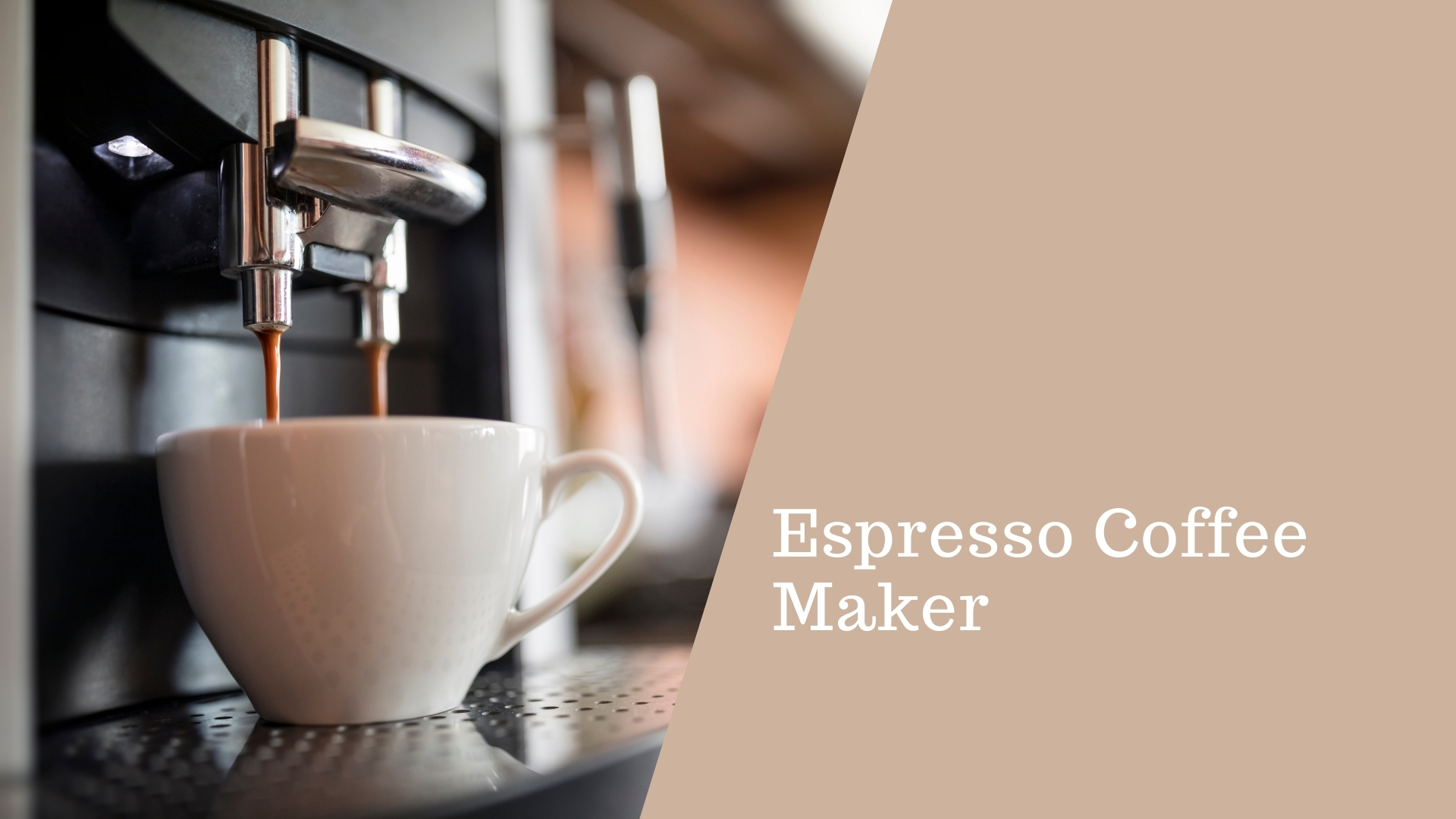An espresso coffee maker is used to produce the traditionally Italian coffee beverage called espresso. The skill required in making the finest espresso is considered to be a craft. The act of preparing a shot of espresso is also termed ‘pulling a shot’, because old lever-style espresso machines required pulling a long handle to produce a shot. To pull a shot of espresso, a metal filter-basket is filled with either 7-10 grams or 12-18 grams of ground coffee for a single shot (30mL) or double shot (60mL), respectively.
When the brew process begins, pressurized water at around 90°C is forced into the group head and through the ground coffee in the port-a-filter. High-quality espresso machines control the temperature of the brew water within a few degrees of the ideal.
This process produces a rich, almost syrupy beverage by extracting and emulsifying the oils in the ground coffee. An ideal double shot of espresso should take 25-30 seconds to arrive, timed from when the machine's pump is first turned on. Varying the fineness of the grind, the amount of pressure used to tamp the grinds, or the pump pressure itself can be used to bring the extraction time into this ideal zone.
Various types of espresso coffee makers can be:
Semi-automatic espresso coffee maker: Although semi automatics have an electric pump that produces the appropriate pressure for brewing, they still require quite a bit of user control. This is especially true if you’ll be brewing with ground coffee, but some models also offer the option of brewing with prepackaged espresso pods. These machines are available in 2 styles: semi-automatic, with which you start and stop the brewing process manually, and fully automatic, which have brewing buttons that can be programmed to yield a specific amount of espresso.
Automatic espresso coffee makers: Automatic espresso machines are similar to semi-automatic except that they have a flow meter installed inline with the group-head. When the programmed amount of water has flowed through the flow meter, the pump is automatically turned off and brew pressure released through a three way solenoid valve.
Super Automatic espresso coffee maker: Super automatic machines do it all and do it with style. You need to press just one button and a super automatic grinds whole beans inside the machine, tamps down the grounds, brews a delectable shot, and holds the waste in an internal container for later disposal.
Basically, these machines operate by automatically grinding the coffee, tamping it, and extracting in much the same way an automatic espresso machine does. The difference is they are fully self-contained; all you do is fill the bean hopper and water reservoir. (Some machines are now fully plumbed, so water is drawn into the machine, eliminating the need for a water reservoir.)
After brewing, the machine will automatically dispose of the spent puck. The process of making the espresso is done by a brewer. Many of these machines have coffee dosing, water flow, and shot-temperature adjustability. Additionally, many models now feature automated milk-frothing devices. These models are becoming increasingly popular for home use.
There are quite a range of super automatics available, but they will all complete the processes mentioned above – the differences come down to the programmable features and other options each machine has.
Manual espresso coffee maker machines: Manual espresso machines require more user control than those mentioned above. Pressing the lever on a manual machine creates the necessary pressure for brewing and forces hot water through your port-a-filter full of grounds. With a manual machine, you have maximum control over the final product.

